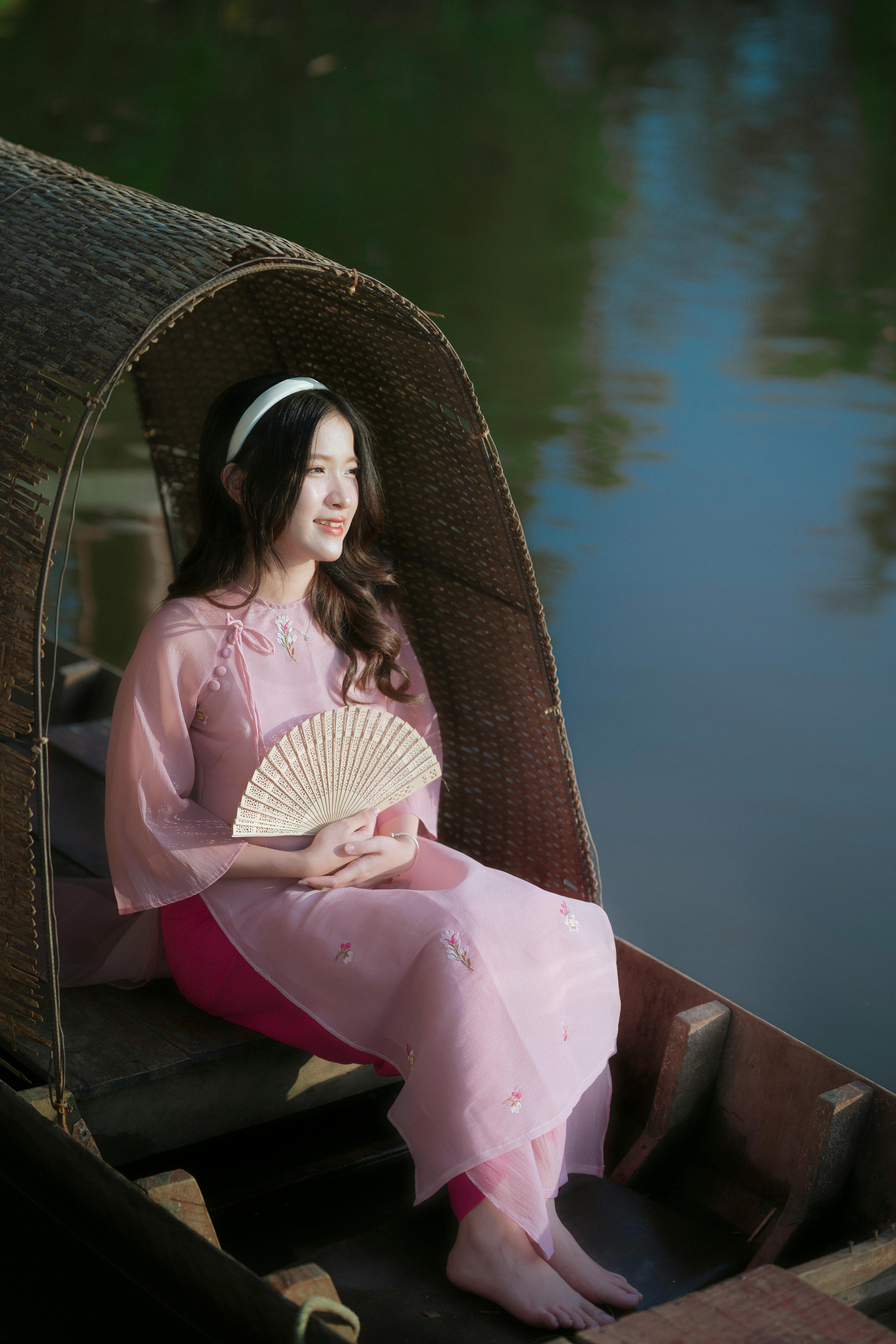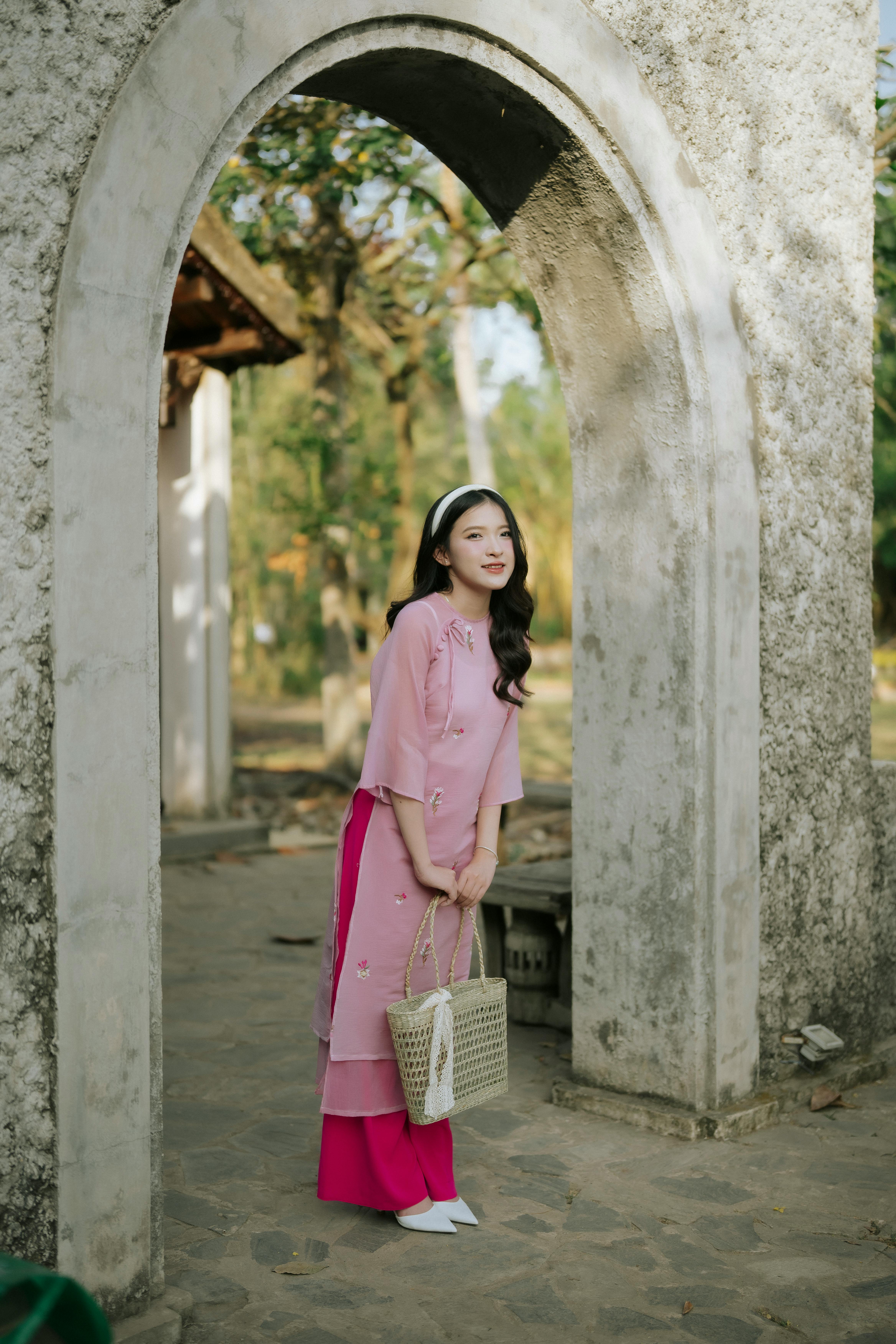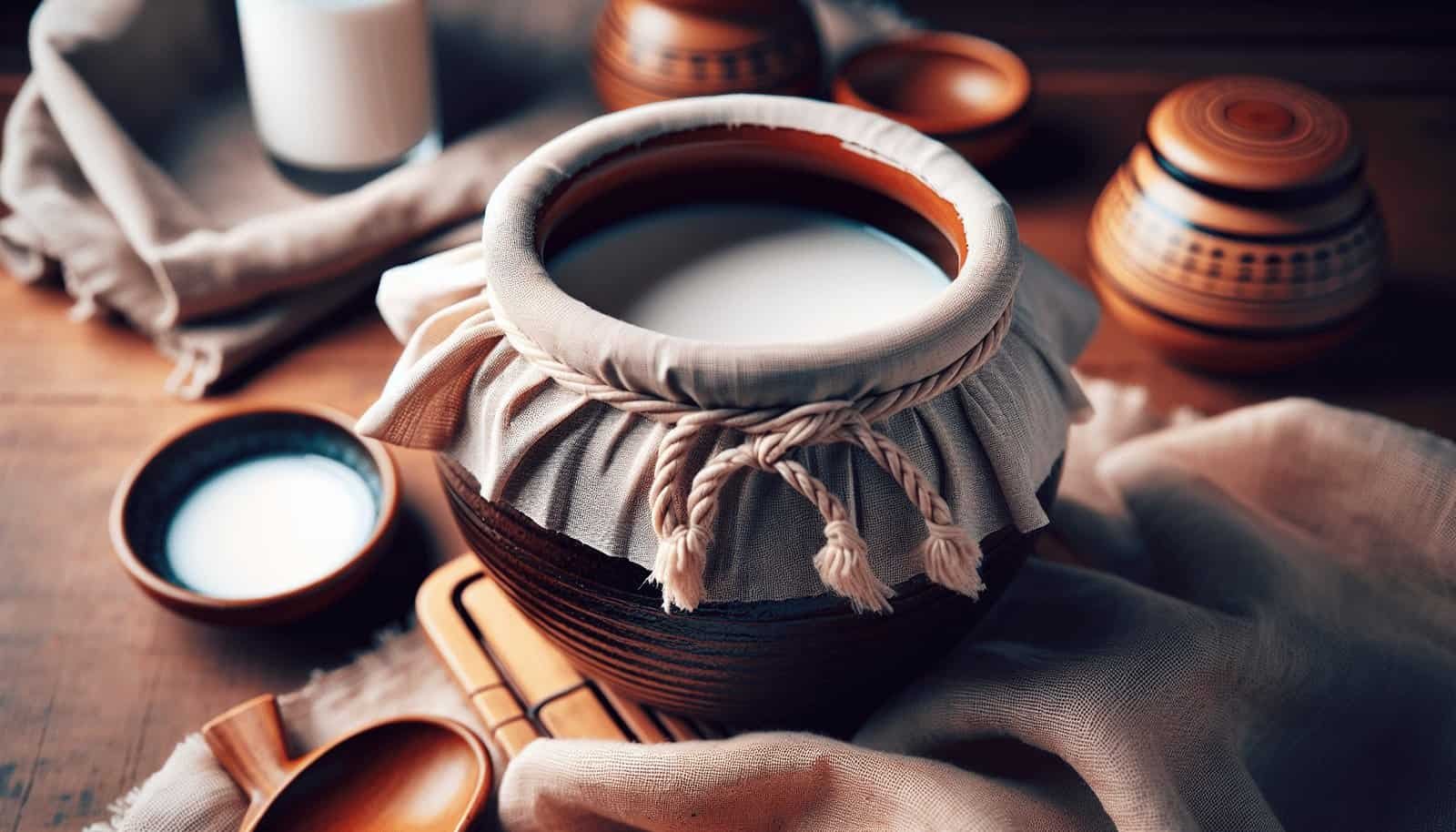Have you ever wondered about the fascinating world of traditional Korean alcoholic beverages? From the popular rice wine known as Makgeolli to the unique and potent Soju, Korea boasts a rich and diverse range of drinks that have been enjoyed for centuries. In this article, we will explore some of these traditional beverages and delve into their intriguing production methods, giving you a glimpse into the vibrant drinking culture of Korea. So grab a seat and get ready to embark on a journey through the captivating world of Korean alcohol.

Makgeolli
Makgeolli is a traditional Korean rice wine that has been enjoyed for centuries. It is a milky, slightly sweet, and lightly carbonated drink that is popular among Koreans of all ages.
Ingredients
The main ingredients in makgeolli are rice and nuruk, a traditional Korean fermentation starter made from wheat or barley. The rice used for making makgeolli is typically short-grain rice, which is soaked in water for a few hours before being steamed. Nuruk is then added to the steamed rice, and the mixture is fermented for several days.
Fermentation Process
Once the rice and nuruk are combined, the mixture is left to ferment in clay pots or other containers for about a week. During this time, naturally occurring yeast and bacteria in the nuruk convert the starches in the rice into alcohol and carbon dioxide. This fermentation process gives makgeolli its unique flavor and texture.
Filtering and Bottling
After the fermentation process is complete, the makgeolli is filtered to remove any solids and impurities. Traditionally, this was done by pouring the makgeolli through a cloth filter, but nowadays, commercial producers often use modern filtration methods. Once the makgeolli has been filtered, it is ready to be bottled and enjoyed. Makgeolli is typically low in alcohol content and has a slightly sour taste, making it a refreshing and easy-to-drink beverage.
Sikhye
Sikhye is a traditional Korean sweet rice drink that is often served as a dessert or on special occasions. It is made by fermenting cooked rice with malted barley, and the resulting beverage is sweet, fragrant, and enjoyed both hot and cold.
Ingredients
To make sikhye, short-grain rice is cooked and cooled before being mixed with malted barley. The malted barley contains enzymes that break down the starches in the rice into sugars, resulting in the sweet flavor of sikhye. In addition to rice and malted barley, sikhye can also be flavored with ingredients such as ginger, pine nuts, and cinnamon.
Cooking Process
The cooked rice is mixed with malted barley and left to ferment for several hours. During this time, the enzymes in the barley convert the starches in the rice into sugars. The mixture is then strained, and any solid particles are removed.
Fermentation Process
After the cooking process, the strained mixture is left to ferment at room temperature for about a day. This fermentation process allows the sugars in the rice to be converted into alcohol by naturally occurring yeast and bacteria. The resulting liquid is then sweetened with sugar or honey to enhance its flavor.

Soju
Soju is a popular Korean distilled spirit that is often referred to as “Korea’s national liquor.” It is clear and colorless, with a smooth and slightly sweet taste. Soju has a high alcohol content, typically around 20%, and is commonly enjoyed as a social beverage in Korea.
Ingredients
The main ingredient in soju is rice, although other ingredients such as wheat, barley, or sweet potatoes can also be used. The rice is cooked and then mixed with a fermentation starter called nuruk. This mixture is then left to ferment for a few days.
Fermentation and Distillation
During the fermentation process, the nuruk breaks down the sugars in the rice into alcohol. Once fermentation is complete, the mixture is distilled to remove impurities and increase the alcohol content. Distillation involves heating the fermented mixture and collecting the evaporated alcohol, leaving behind a more concentrated form of soju.
Filtering and Dilution
After distillation, the soju is filtered to remove any remaining impurities and ensure a smooth texture. Commercial producers may use charcoal filtration or other methods to achieve this. Finally, the soju is diluted with water to achieve the desired alcohol content and taste. Soju is typically bottled and served chilled, often as an accompaniment to Korean barbecue or other traditional dishes.
Bokbunja Wine
Bokbunja wine is a traditional Korean wine made from bokbunja, a type of black raspberry that grows in Korea. It is known for its rich, sweet, and slightly tart flavor, making it a favorite among wine enthusiasts and those with a sweet tooth alike.
Ingredients
The main ingredient in bokbunja wine is the bokbunja fruit. The fruit is harvested when fully ripe and crushed to extract its juice. The juice is then mixed with water, sugar, and sometimes honey to achieve the desired sweetness.
Fermentation Process
Once the juice is mixed with water and sweeteners, it is left to ferment for several weeks. During this fermentation process, naturally occurring yeast converts the sugars in the juice into alcohol. The fermentation process can be adjusted to control the level of sweetness and alcohol content in the final product.
Aging and Bottling
After fermentation, the bokbunja wine is aged for a period of time to allow its flavors to develop and mellow. This aging process can range from a few months to several years, depending on the desired characteristics of the wine. Once the wine has been aged, it is bottled and ready to be enjoyed. Bokbunja wine is often consumed on its own or used as an ingredient in cocktails and desserts.

Dongdongju
Dongdongju is a traditional Korean rice wine that is known for its cloudy appearance and natural fermentation. It has a slightly sweet and tangy flavor, making it a popular choice among those seeking a refreshing and easy-to-drink alcoholic beverage.
Ingredients
The main ingredients in dongdongju are rice and nuruk. The rice is soaked, steamed, and then mixed with nuruk, a fermentation starter. The nuruk contains yeast, bacteria, and enzymes that aid in the fermentation process.
Fermentation Process
Once the rice and nuruk are combined, the mixture is left to ferment in earthenware pots or other containers. The fermentation process can take anywhere from a few days to a few weeks, depending on the desired flavor and characteristics of the dongdongju. During fermentation, the starches in the rice are converted into alcohol by the yeast and bacteria in the nuruk.
Filtering and Bottling
After fermentation, the dongdongju is typically unfiltered, resulting in its characteristic cloudy appearance. It is often consumed directly from the fermentation vessel, with the sediment at the bottom of the container shaken before pouring. Dongdongju can also be filtered to remove any solids before being bottled. The final product is a slightly carbonated rice wine with a unique flavor profile.
Cheongju
Cheongju is a traditional Korean rice wine that is known for its clear and delicate flavor. It is often referred to as “clear rice wine” and is enjoyed both on its own and as an ingredient in traditional Korean dishes.
Ingredients
The main ingredient in cheongju is rice, typically short-grain rice. The rice is soaked, steamed, and then mixed with a fermentation starter called nuruk. The nuruk contains yeast, bacteria, and enzymes that initiate the fermentation process.
Rice Preparation
To prepare the rice for fermentation, it is soaked in water for several hours and then steamed until cooked. The cooked rice is then cooled before being mixed with the nuruk. The ratio of rice to nuruk affects the sweetness and alcohol content of the final product.
Fermentation and Filtering
Once the rice and nuruk are combined, the mixture is left to ferment in earthenware pots or other containers. During fermentation, the starches in the rice are converted into alcohol by the yeast and bacteria in the nuruk. After the fermentation process is complete, the cheongju is often filtered to achieve a clear and smooth texture. The filtered cheongju is then bottled and ready to be enjoyed.
Baekseju
Baekseju is a traditional Korean herbal liquor that is often enjoyed for its medicinal properties. It is made by infusing various medicinal herbs with a base alcohol, resulting in a unique and flavorful beverage.
Ingredients
The main ingredients in baekseju are a combination of medicinal herbs and a rice-based alcohol. The herbs used in baekseju can vary but often include ginseng, ginger, cinnamon, and licorice root. These herbs are believed to have health benefits and are said to promote vitality and well-being.
Preparation of Medicinal Herbs
To make baekseju, the medicinal herbs are carefully selected and prepared. The herbs are usually dried before being crushed or ground into a powder. The powdered herbs are then mixed with alcohol and left to infuse for several weeks.
Fermentation Process
During the infusion process, the alcohol extracts the beneficial compounds from the medicinal herbs, resulting in a potent and aromatic liquid. The mixture is often stirred or shaken periodically to fully extract the flavors and properties of the herbs. The length of the fermentation process can vary depending on the desired intensity of the baekseju.
Gansul
Gansul is a traditional Korean distilled liquor that is known for its high alcohol content and smooth flavor. It is often enjoyed neat or used as a base for cocktails, and it is commonly produced in small, artisanal distilleries.
Ingredients
The main ingredient in gansul is rice, although other grains such as barley or wheat can also be used. The rice is steamed and then mixed with a fermentation starter called nuruk. This mixture is left to ferment for several days, similar to the process for making makgeolli.
Fermentation and Distillation
After fermentation, the gansul mash is distilled to separate the alcohol from the solids. Distillation involves heating the fermented mixture and collecting the vaporized alcohol, which is then cooled and condensed into a liquid form. This distillation process not only increases the alcohol content of the gansul but also removes impurities and enhances its smoothness.
Aging and Bottling
Once the distillation is complete, the gansul is often aged in oak barrels or other containers to further develop its flavors and character. The length of aging can vary, but it is typically several months to a few years. After aging, the gansul is bottled and ready to be enjoyed. Gansul is prized for its clean taste, subtle aroma, and the warmth it brings when consumed.
Mugwort Wine
Mugwort wine, also known as ssukju, is a traditional Korean herbal wine made from mugwort leaves. It is known for its distinct green color and herbal aroma, and it is often enjoyed as a digestive aid or used in traditional Korean medicine.
Ingredients
The main ingredient in mugwort wine is mugwort, a type of herb that is native to Korea. The leaves of the mugwort plant are harvested and dried before being used to make the wine. In addition to mugwort, other ingredients such as rice, nuruk, and sweeteners may be added to enhance the flavor and fermentation process.
Preparation of Mugwort Extract
To make mugwort wine, the dried mugwort leaves are crushed or ground into a powder. This powder is then mixed with water and left to infuse for a period of time, typically several weeks. The water extracts the flavors and properties of the mugwort, resulting in a concentrated extract.
Fermentation Process
Once the mugwort extract is prepared, it is mixed with rice, nuruk, and sweeteners to initiate the fermentation process. The mixture is left to ferment for several weeks, allowing the naturally occurring yeast and bacteria to convert the sugars in the rice into alcohol. This fermentation process gives mugwort wine its distinctive flavor and aroma.
Yuja-cha
Yuja-cha is a traditional Korean tea made from yuja, a citrus fruit similar to a lemon. It is often enjoyed as a hot or cold beverage and is known for its tangy and refreshing flavor.
Ingredients
The main ingredient in yuja-cha is yuja, also known as yuzu. The fruit is harvested when fully ripe and the zest and juice are extracted. This zest and juice are then mixed with sugar or honey to balance the tartness of the fruit and enhance its natural sweetness.
Preparation of Yuja Extract
To make yuja-cha, the yuja zest is grated or peeled to release its aromatic oils. The grated zest is then mixed with the yuja juice and sweeteners. This mixture is left to infuse for a period of time, allowing the flavors to meld together and create a concentrated yuja extract.
Mixing and Infusing
After the yuja extract is prepared, it can be enjoyed as is or mixed with hot water to make a soothing tea. To make yuja-cha, the yuja extract is mixed with hot or cold water, depending on preference. The resulting beverage is sweet, tangy, and refreshingly citrusy. Yuja-cha is often enjoyed during the winter months to ward off colds and boost the immune system.
In conclusion, traditional Korean alcoholic beverages offer a wide range of flavors, aromas, and characteristics. From the tangy sweetness of makgeolli and sikhye to the clear and smooth taste of cheongju and gansul, each drink has its own unique qualities. Whether enjoyed on their own or paired with traditional Korean dishes, these beverages provide a taste of the rich cultural heritage of Korea. So next time you’re looking for a unique and flavorful drink, consider trying one of these traditional Korean delights. Cheers!
